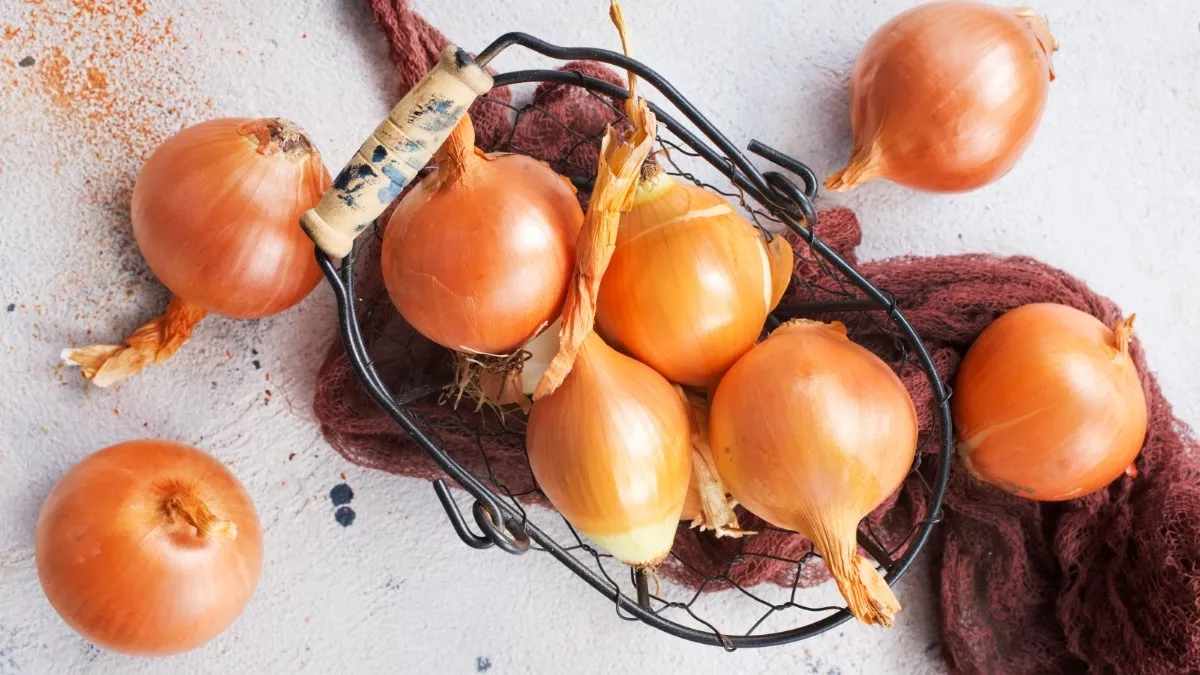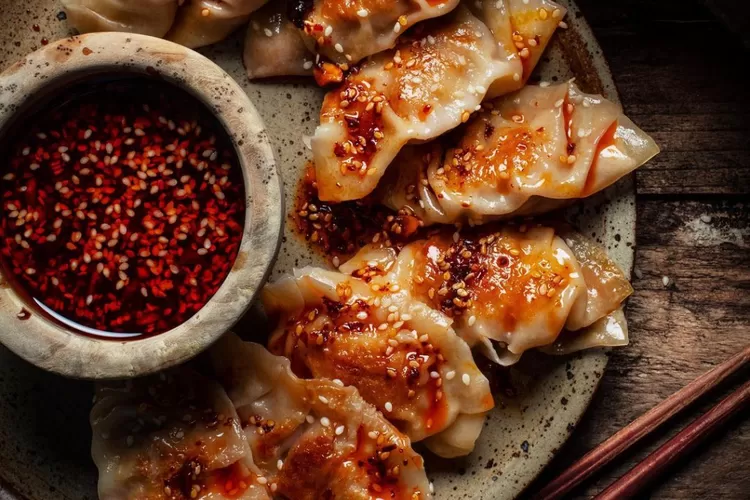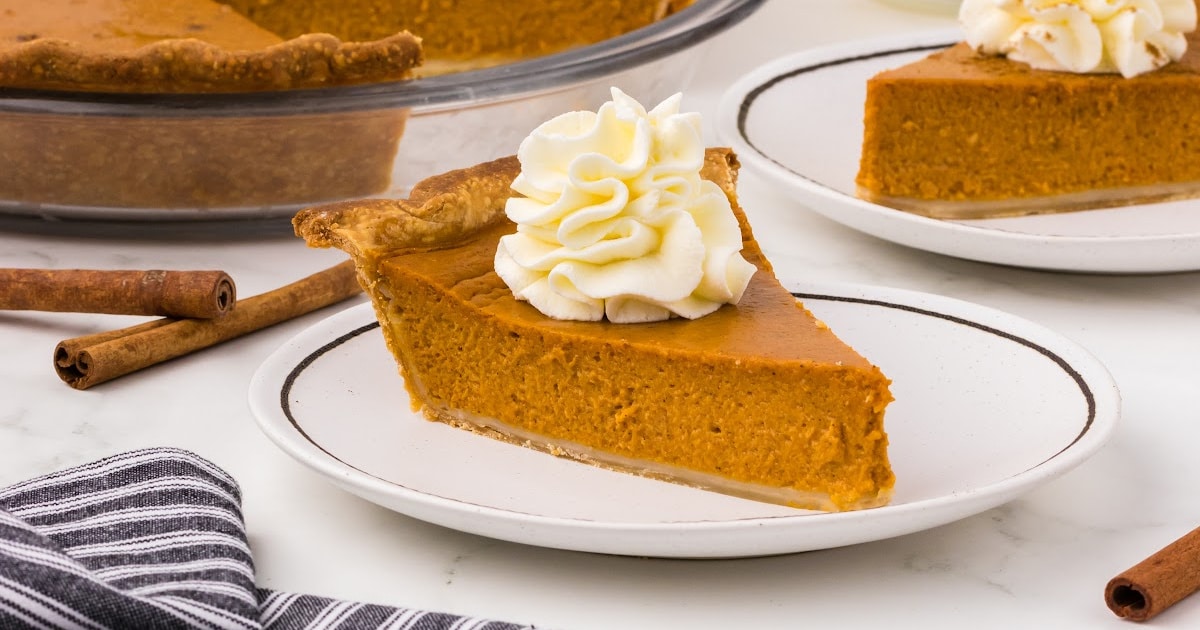Do you want to be a part of the magical world of South India? If so, you are welcome! A single bite of Masala Dosa is enough to wake up the aromas and flavors of this exotic country that will decorate your impression for a long time.
Masala Dosa is more than just food; it is a delicate appetizer that takes you to the colorful streets of India before the main meal. Through this article, we delve into the realm of spicy delights and popular appetizers that everyone loves! The South Indian classic attraction has been overwhelmed by countless varieties around the world, but the authentic one’s taste is a golden crust. Once you taste it, you can’t stop due to the taste and the delicious filling of potatoes that bring you back.
This article takes us to explore the history and origins of Masala Dosa and its origin. Let’s explore the cultural significance of South Indian cuisine’s most beloved delight. Are you excited to learn about the filling and other secret ingredients? Well, this article will help you introduce your taste buds to South India’s magic!

Origins and History of Masala Dosa
Masala Dosa, a name that has become synonymous with South Indian cuisine, has a long history. Though it was first made in Udupi town in the Karnataka state of India, it has since been adapted into a wide variation of forms. The name Dosa refers to the actual dosa, which is manufactured from a fermented mixture of rice and lentils and fried to a delicate crispiness. The fillings of spicy potatoes are wrapped into the fold of the dosa, providing the title ‘Masala’.
The soft yet spicy texture of the spicy fillings and crispy outer surface has made it a trendy dish in India and around the globe. While ancient Tamil literature mentions dosa as far back as the 6th century AD, the preparation may have been established in the Udupi temples. The Udupi temples served a vital part in popularizing and elevating the dosa to a well-known South Indian food. Hence Masala Dosa straight affiliate to Udupi.
Ingredients Used in Masala Dosa
The magic of Masala Dosa lies in its simplicity and the freshness of its ingredients. The dosa batter is a simple mix of rice and urad dal (black lentils), soaked, ground to a fine paste, and then fermented overnight. This fermentation process is key to achieving the distinctive sour flavor and light texture of the dosa.
The masala filling, on the other hand, is a fragrant and flavorful mixture of boiled potatoes, onions, green chillies, and a variety of spices including mustard seeds, turmeric, curry leaves, and asafetida. Each ingredient is carefully chosen to contribute to the overall flavor profile of the dish, creating a balance between heat, spice, and earthiness.
Additionally, a touch of ghee or clarified butter is often used to cook the dosa, adding a rich aroma and enhancing the overall taste of the dish. The interplay of these simple, yet high-quality ingredients, is what makes Masala Dosa a timeless favorite.
The Art of Making the Perfect Masala Dosa
Mastering the art of making the perfect Masala Dosa requires patience and practice. The first step is to create the batter. The ratio of rice to lentils, the consistency of the batter, and the fermentation process are all critical factors that affect the texture and flavor of the dosa.
Once the batter is ready, it is poured onto a hot, greased tawa (griddle) and spread into a thin, even layer. This requires a swift and smooth motion to ensure that the dosa cooks evenly and achieves its characteristic crispy edges. The skill of spreading the batter thinly across the tawa is something that many chefs take pride in, and it often takes years of practice to perfect.
The filling is then placed on the dosa while it’s still on the tawa, and the dosa is carefully folded over. Serving the Masala Dosa with the right accompaniments, such as coconut chutney, tomato chutney, and sambar (a lentil-based vegetable stew), also plays a crucial role in delivering the authentic Masala Dosa experience.
Variations of Masala Dosa across South India
Indeed, even as the traditional Masala Dosa remains a standout amongst the most beloved version, several regional varieties have emerged around South India. Each of these arrangements adds its unique flavor to the traditional dish. The Mysore Masala Dosa, for example, adds a fiery kick of heat by slathering a spicy red chutney directly on the dosa before spreading on the potato masala.
Similarly, the Podi Dosa popular in Tamil Nadu utilizes a spicy powder made of ground dry spices, which is just sprinkled over the dosa for an extra hit of flavor. The ‘Set Dosa,’ on the other hand, is from Karnataka. It is a softer, fluffier, and thicker than other types of dosa, served in sets of three and is ideal for those who prefer a less crispy dosa. Ultimately, these regional variations in Masala Dosa reflect not only local preferences and tastes but also the ability of the dosa to evolve and adapt to new culinary environments.
Popular Accompaniments and Chutneys for Masala Dosa
No Masala Dosa experience is complete without its traditional accompaniments – chutneys and sambar. The coconut chutney, made from grated coconut, green chillies, and tempered with mustard seeds and curry leaves, is a refreshing complement to the spicy flavors of the dosa.
The tomato chutney, another popular side, offers a tangy and sweet flavor profile that pairs beautifully with the savory dosa. And then there’s sambar, the hearty, lentil-based vegetable stew that adds an extra layer of warmth and comfort to the meal.
These accompaniments not only enhance the flavors of the Masala Dosa but also provide a well-rounded, satisfying meal. Each region in South India has its own version of these sides, adding to the diversity and richness of the jpslot login experience.

Health Benefits of Consuming Masala Dosa
Despite all its crowning jewels, masala dosa is a great diet. The batter is fermented so it is full of probiotics and zero harmful for the intestines. The ferments also upgrade the bioavailability of the products, and help the body takes more with the vitamins and minerals we get.
The filling is an excellent source of carbohydrates – these are also good. I also used exactly the spices of the masala for the meal. Turmeric and mustard seeds are both anti-inflammatory stuff with antioxidants. If you cook it with little oil, it won’t be a bad addition to the food. The only way is to struggle with calorie content. You need to choose whole grains for the batter and use fewer oils.
Where to Find the Best Masala Dosa in South India
South India is dotted with eateries, from high-end restaurants to street-side stalls, each claiming to serve the best Masala Dosa. In Bangalore, the Central Tiffin Room (CTR) is famed for its buttery, golden dosas. Meanwhile, in Chennai, Ratna Cafe’s sambar with Masala Dosa is a combination that locals swear by.
In Kerala, the crisp, lace-like dosas at Indian Coffee House have a loyal following. And in Hyderabad, the fusion of Andhra spices with the traditional Masala Dosa at Ram Ki Bandi makes for a unique experience.
Each of these places offers something unique, making it worth exploring the different interpretations of Masala Dosa across South India.
Tips for Making Masala Dosa at Home
Making Masala Dosa at home can be a rewarding experience. Start by ensuring your batter has the right consistency and has fermented properly. Use a non-stick or well-seasoned cast-iron tawa to get that perfect crispiness.
Adjust the heat as you cook to ensure the dosa cooks evenly without burning. Practice spreading the batter thinly and evenly for that desired crisp edge. And don’t shy away from experimenting with the masala filling – adding a personal touch can make your homemade Masala Dosa truly special.
Lastly, patience is key. Like any culinary endeavor, mastering the art of making Masala Dosa takes time and practice. But the results are well worth the effort.
Celebrating the Flavors of Masala Dosa
Masala Dosa is more than just a dish; it’s a celebration of flavors, techniques, and traditions that have been passed down through generations. Its ability to adapt, evolve, and continue to delight palates across the world is a testament to its enduring appeal.
From its humble origins to its status as a global culinary sensation, Masala Dosa remains a beloved symbol of South Indian cuisine. Whether enjoyed in the bustling streets of India or from the comfort of home, the magic of Masala Dosa is undeniable.
So, the next time you savor the crispy, spicy goodness of a Masala Dosa, remember that you’re not just eating a dish; you’re partaking in a rich, culinary tradition that spans centuries. Here’s to the magic of Masala Dosa – may it continue to bring joy and flavor to our lives.
I hope this journey through the spicy sensations of Masala Dosa has inspired you to explore the rich flavors of South Indian cuisine. Whether you’re a long-time fan or a newcomer to Indian food, the magic of Masala Dosa is sure to captivate and delight.
Also read: Coffee Table: Elevate Your Living Space with This Stylish and Functional Centerpiece




